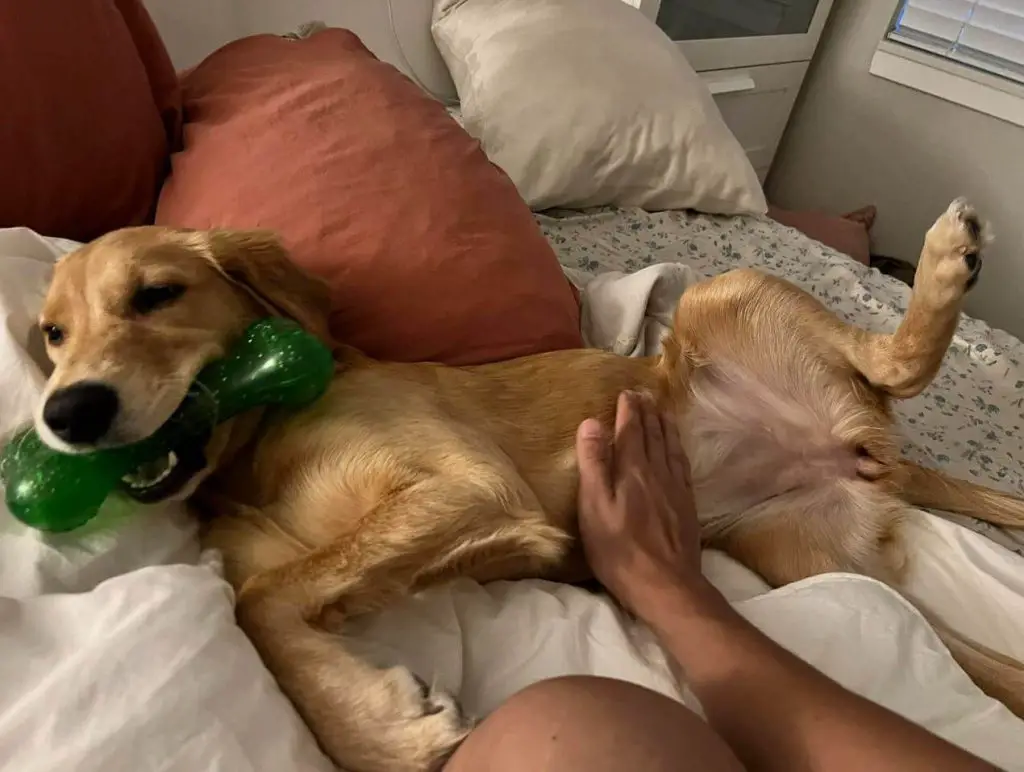Dogs are known for their affectionate nature and love for being petted. As a dog owner, understanding where your furry friend enjoys being petted the most can deepen your bond and provide them with the comfort they crave. In this article, we will delve into the various places dogs prefer to be petted and offer insights into the best practices for providing them with the affection they seek.

Places where dogs like to be petted:
- The Chest: The chest area is a prime spot for petting as it offers a large, easily accessible region for affection. Most dogs find gentle strokes along their chest to be incredibly soothing and relaxing.
- The Side: Another favored area for petting is the side. This area is a safe bet if you’re unsure where your dog prefers to be petted initially. It’s a good starting point for gauging their response to affection.
- The Back: When a dog is feeling tense or anxious, petting along their back in long, smooth strokes can work wonders in calming them down. The repetitive motion helps to alleviate stress and promotes relaxation.
- The Head: While the head is a sensitive area, many dogs enjoy gentle petting here. Whether it’s a soft stroke on the top of the head or behind the ears, providing affection in this region can evoke feelings of comfort and security.
- The Belly: The belly is a sensitive area, and not all dogs enjoy being petted here. However, for those who do, gentle strokes on the belly can be incredibly pleasurable. It’s essential to approach this area with caution and respect your dog’s boundaries.
How to pet a dog:
- Approach Slowly and Calmly: Avoid startling the dog by approaching them in a slow and calm manner. Allow them to assess your presence before initiating any physical contact.
- Extend Your Hand: Offer your hand for the dog to sniff before attempting to pet them. This allows them to familiarize themselves with your scent and build trust.
- Pet Gently: When petting your dog, use gentle and soothing motions. Avoid patting too hard, as this can be startling or uncomfortable for them.
- Monitor Body Language: Pay close attention to your dog’s body language while petting them. If they exhibit signs of discomfort or unease, such as tensing up or pulling away, respect their boundaries and cease petting immediately.
Understanding where dogs like to be petted and how to approach them with affection is key to fostering a strong bond with your canine companion. Experiment with different petting techniques and observe your dog’s reactions to determine their preferences. Remember always to be gentle and attentive to their needs, ensuring that each petting session is a positive and enjoyable experience for both you and your beloved pet.
